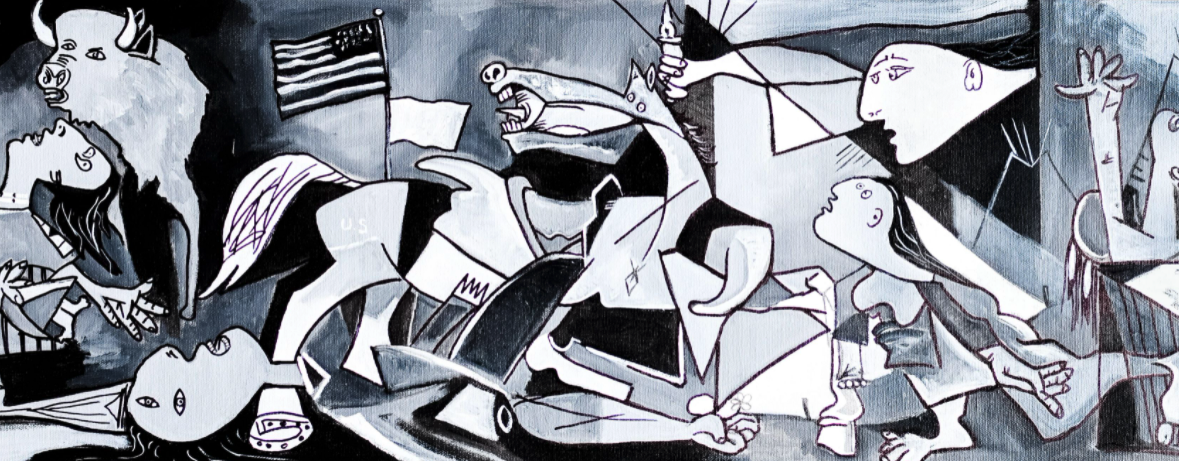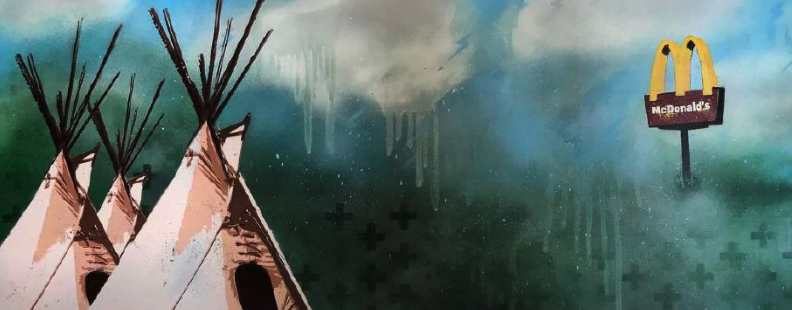Places of Memory

Places of Memory—a three-word phrase that conceptually undergirds just about all the work we do here at the International Institute for Indigenous Resource Management. When the French historian Pierre Nora describes lieux de mémoire as “simple and ambiguous, natural and artificial, at once immediately available in concrete sensual experience and susceptible to the most abstract elaboration,” he cogently persuades why Places of Memory is the theme for our 17th Annual Indigenous Film & Arts Festival.
We, like Pierre Nora, are hard pressed to define the phrase with any degree of precision. In that respect we’re very much like Humpty Dumpty when he scornfully tells Alice “When [we] use a [phrase] . . . it means just what [we] choose it to mean — neither more nor less.” And our response to Alice’s question as to “whether [we] can make words mean so many different things” is a resounding “yes.” Not only do we think precise definitions of the phrase or of its constituent words unnecessary, who we are and what we are trying to accomplish requires us, as most indigenous peoples, to adopt broader, more eclectic interpretations of the phrase and words.
For us, places of memory can be viewed as “sites of remembering,” or as “sites of memories,” or “archives such as libraries or museums where the memories of the past are housed,” or better yet as “mnemonic sites where one remembers,” and perhaps best of all, as “sites where memories are created.”
We think of memories as collective or private. They can be characterized as “culture” or “myth” or “legend” or “story” or “song” or “dance.” But for us, what we call our memories, or how we or others characterize them, is far less important than the realization that memories permeate every aspect of our social existence. As Paul Connerton states in his book How Societies Remember, “All beginnings contain an element of recollection,” building the new on the foundations of the old. From the tales, histories, and societal values over the long term, to the experienced, commemorative events and family practices of the short term, and to the even more immediate learned memories gleaned from histories and archives, memory is a major determinant of an individual’s sense of identity and the trajectory of his or her growth.
And finally we come to places. Unlike memory, places are concrete and palpable. They include those natural and cultural environments into which we are born and that shape who and what we’ve become, and what and how we remember—as individuals and as members of families, societies, and nations. Where we start our life journey has as much to do with our destiny as does our DNA, but our journeys are marked by countless signposts and landmarks which commemorate other important places in our lives. Some, and in our view, very few such places are intrinsically places of memory. Sacred places, as sites of inherent power and generally unencumbered by human intervention may be such places, but just barely.
I recently had a short conversation with Daniel Wildcat, co-author with the late Vine Deloria of Power and Place: Indian Education in America. We concluded that for Native peoples, our places became powerful precisely because of those human interventions—the memories of the who, what, when, and how of relationships that connect us to each other, to those places, and to those events which occurred there. Furthermore, these kinds of relationships impose responsibilities.
Our work on places of memory is focused first on examining the nature of the interplay between memory, place, relationships, and responsibilities. Second, through our roundtables, panel discussions, and film & arts programs we examine and seek to create ways to negotiate the porous boundary between the processes of creating and representing memories. Simply put, we are not interested in determining what memory is, but how it works. For what memory is changes with time and place or, better said, memory reveals itself only through the production and presentation of specific narratives. What matters most for us are the processes and conditions of production and presentation of such narratives. Only a focus on those processes can reveal the ways in which the different versions of history play out in a particular place and in a particular context. Only by analyzing competing narratives can we discover and address the differential quantum and exercise of power by a wide range of institutions, governments, enterprises, and other agents that make some narratives possible and silence others.
We invite you to join us in exploring these questions by visiting this art exhibit, and joining us for the artists’ talks from Brent Learned and Gregg deal, and two virtual panel discussions with Indigenous educators, museum curators, artists, and filmmakers over the next two months. The first of our panels will look at the role of art in the creation and representation of memory and place. We’re excited to center the panel discussion on a new work by Cheyenne/Arapaho artist Brent Learned depicting the Sand Creek Massacre à la Picasso’s Guernica. We’ll ask: "Why is Picasso's Guernica a powerful and iconic anti-war piece while most folks have not heard of The Massacre at Chios by Delacroix?" “What role do educators and museum curators play in lending power to the narrative?” “What role should the tribes play in adding to and presenting the narrative?” And, “What other institutions and agents should be supporting the presentation of the Sand Creek Massacre narrative?” Our second panel will explore the issue of indigenizing museums, and how they, too, can become places of memory.
We hope you will join us for the art, the conversations, and perhaps to share your thoughts as we search for new insights into the complexity of Places of Memory.
—Mervyn L. Tano President, International Institute for Indigenous Resource Management




